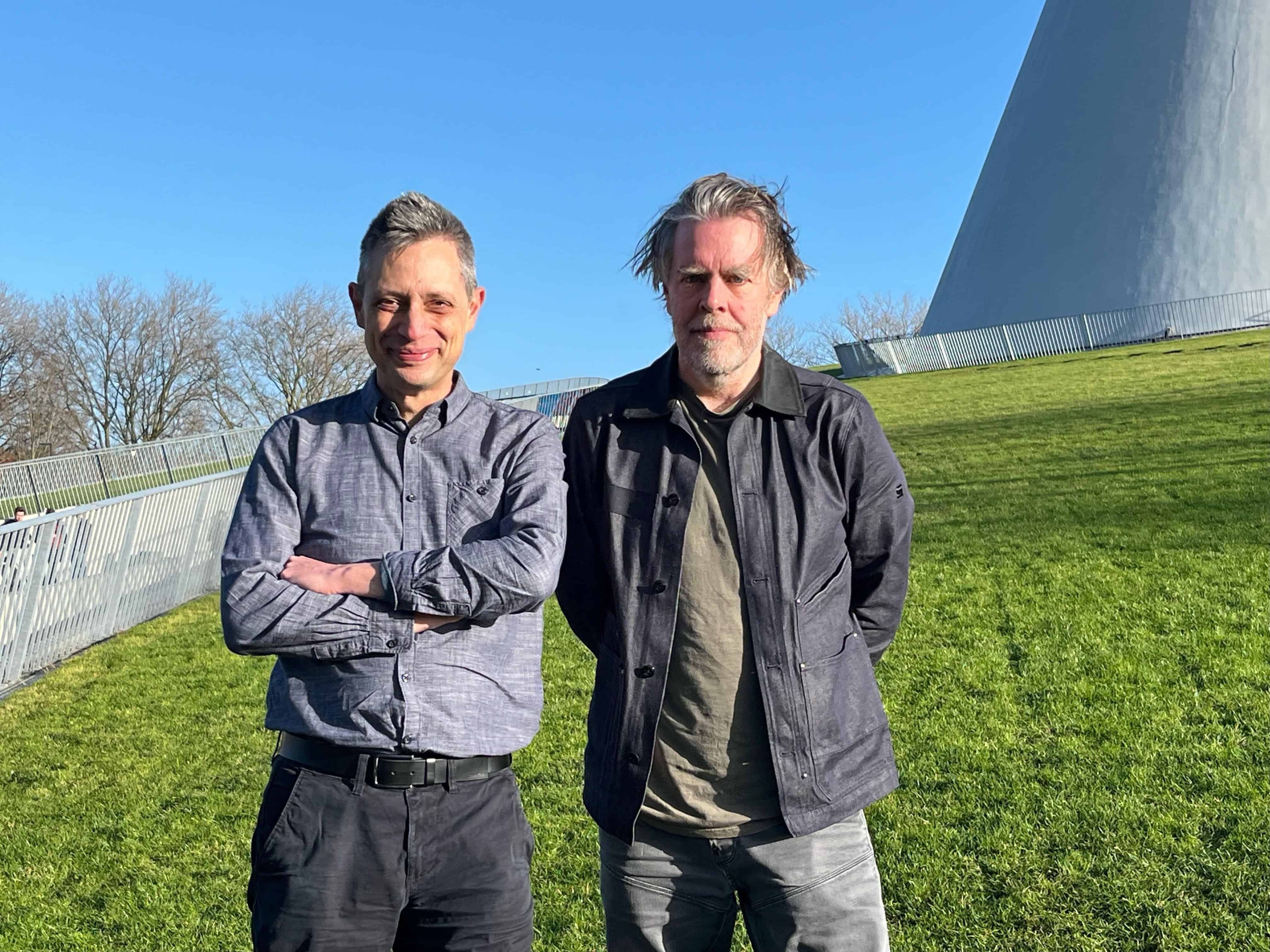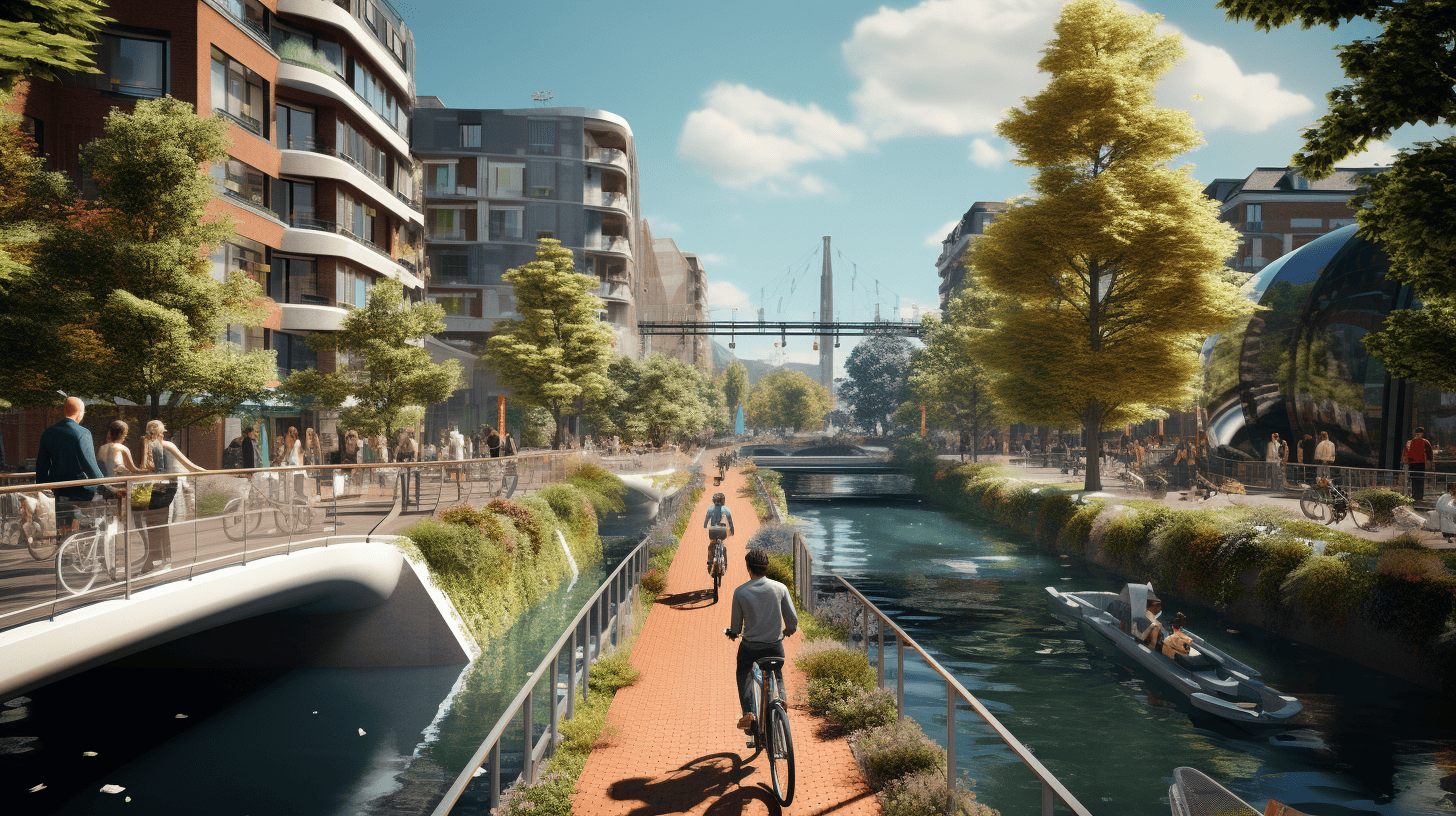
By 2030, one million new dwellings must be constructed in the Netherlands, and another 2.5 million must be made more environmentally friendly. At the same time, the renovation of bridges, tunnels, and locks costs €2.3 to €2.6 billion annually. A big task in a sector with huge personnel shortages.
At the Universities of Technology in the Netherlands, much attention is being paid to making construction more efficient, cheaper, and more sustainable. Among other things, robotization and digitization should play their part in delivering new solutions. In addition, circular and climate-adaptive construction is increasingly important. 4TU.Bouw connects the building faculties of the four technical universities in the Netherlands to take their research and impact to the next level.
The organization has had a new scientific director since the start of this year. Max Hendriks, professor of concrete structures at TU Delft, handed over the baton to Frank van der Hoeven. He has been the research director of the Faculty of Architecture at TU Delft for over 15 years. “I want to help shape national and European knowledge agendas with 4TU.Bouw,” Van der Hoeven said of his plans.
Why you need to know this:
Transitions in construction affect the buildings and infrastructure you use every day. Find out here about technological development, as well as implementations of innovations in the built environment.
Innovation Origins sat down with both of them to discuss the challenges in construction, the impact of the formation of a new cabinet and plans for 4TU.Bouw.
Hendriks, what are you most proud of when reflecting on your years at the helm of 4TU.Bouw?
“I am extremely happy with the establishment of the Domain Acceleration Teams (DATs). In these teams, scientists from different universities and faculties work together on six specific themes: infrastructure, climate adaptation, digitalization, energy transition, health, and circularity. The DATS are places where people come together; they have become the core of 4TU.Bouw.”
Van der Hoeven: “I have also experienced the setting up the DATs up close because I have been part of the management team of 4TU.Bouw for some time. Last October, we organized an event where all the teams came together for the first time. There, we saw that DATs work. People were making contacts, exchanging information, and making plans for new research.”
One of the core elements of 4TU.Bouw is connecting people. Does that work well enough, in your opinion?
Hendriks: “Within the organization, that has certainly succeeded, partly due to the DATs. The first collaborations with parties outside the universities are also taking shape; for example, we have close contact with the TKI Bouw en Techniek (Top Consortium Knowledge and Innovation) and the Ministry of Infrastructure and Water Management. This gives us a clear link with governments at different levels and companies in the sector.”
Van der Hoeven adds: “Within such a top consortium, universities have an important role in gathering and sharing knowledge. That’s why I see it as a logical and important link.”
How do you see the role of 4TU.Bouw in the whole field of the construction sector?
Van der Hoeven: “We are currently in an uncertain time when it comes to government policy. If the parties that are currently in talks with each other succeed in forming a government, current policy could be affected. For example, the political parties that want to establish a new cabinet in the Netherlands want to put an end to the National Growth Fund, while universities have strongly been committed to it in recent years. The involved political parties also say they want to limit the number of foreign students. This will affect the composition of students at universities. In terms of content, I expect a stronger emphasis on climate adaptation and less on climate mitigation. In the past year, we have paid a lot of attention to reducing carbon emissions, for example. How that will continue remains to be seen.”
“The Netherlands is the land of consensus, of deliberation and poldering. We always find a solution in the end. As a university, you have to wait and see what the outcome of the formation is and what the new government’s plans will be. At the same time, you want to make your plans as a knowledge institution. As a university, we don’t have to depend on the outcome of the elections. We have independent scientists who have to take their position. The innovations we develop must benefit society as a whole. After all, we are largely paid by Dutch taxpayers. If we come up with solutions to make homes more comfortable, lower energy bills, and make cities more livable, I expect all political parties will agree.”

What are the major challenges in the construction industry that you can contribute to?
Hendriks: “A significant part of the infrastructure in the Netherlands, think of roads, bridges, and tunnels, is reaching the end of its lifespan. By renovating and reinforcing existing infrastructure, you improve its quality. That is more sustainable and much cheaper than new construction. This is a typical example where the whole construction chain, including universities, can play a role. Only for strengthening existing bridges no good methods have been developed yet, the sector has to look for smart solutions there.”
What are important developments within the universities that can contribute to this?
Hendriks concludes, “Major changes are going on in the sector. I see an important role for universities in this. The key lies in making an impact. That doesn’t just mean a list of publications or citations within universities. It is about important research, interesting projects, and great collaborations. In doing so, we provide industry and society with important innovations that define the world of tomorrow.”

